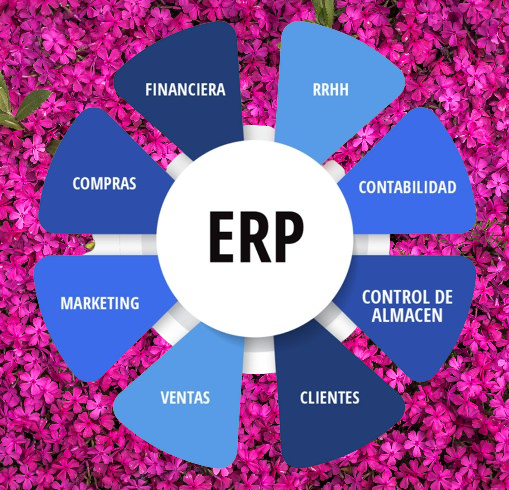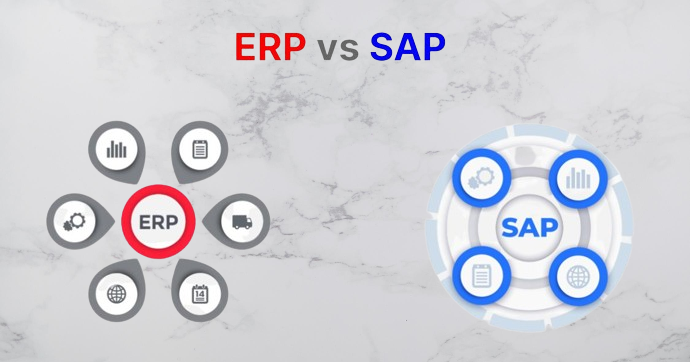
ERP (Enterprise Resource Planning) systems are used by organizations to streamline and integrate various business processes, resulting in increased efficiency, productivity, and profitability. Here are some of the key functions of ERP systems:
Financial Management: ERP systems provide financial management capabilities, including accounting, budgeting, forecasting, and financial reporting.
Supply Chain Management: ERP systems enable organizations to manage their supply chain processes, such as procurement, inventory management, and logistics.
Human Resource Management: ERP systems provide HR management capabilities, including recruitment, onboarding, payroll, benefits administration, and employee performance tracking.
Manufacturing: ERP systems help organizations manage manufacturing processes, such as planning, scheduling, and production control.
Customer Relationship Management: ERP systems provide customer relationship management capabilities, including sales tracking, customer support, and marketing automation.
Business Intelligence and Analytics: ERP systems provide real-time data insights and analytics, enabling organizations to make informed decisions and identify opportunities for improvement.
Regulatory Compliance: ERP systems help organizations comply with regulatory requirements by providing visibility into compliance activities and enabling documentation and reporting.
Overall, ERP systems provide a comprehensive solution for managing various business functions and processes, enabling organizations to operate more efficiently and effectively.
This article is shared by https://www.itechscripts.com/web-development/ | A leading resource of inspired clone scripts. It offers hundreds of popular scripts that are used by thousands of small and medium enterprises.



